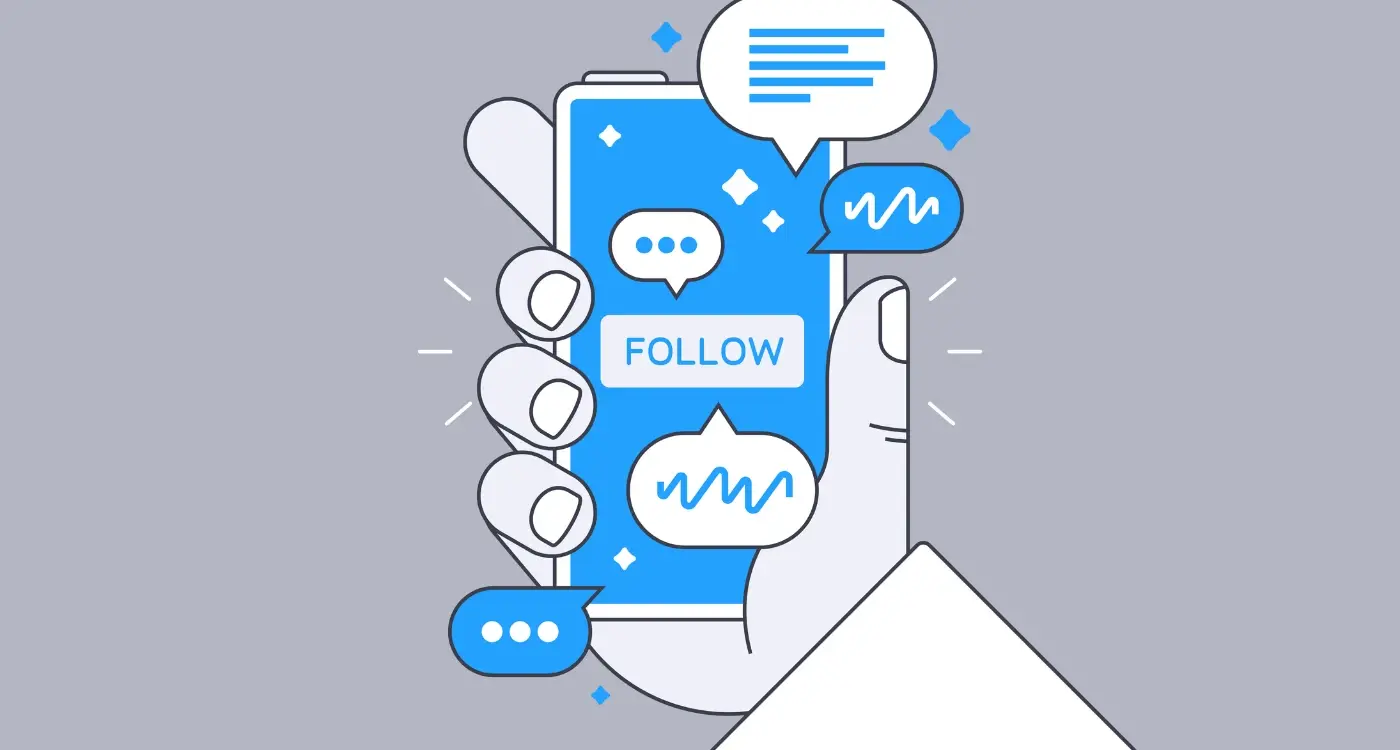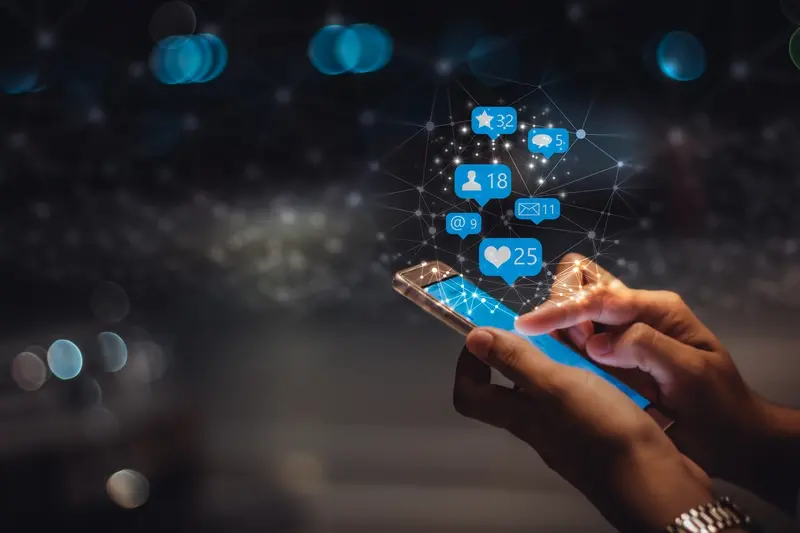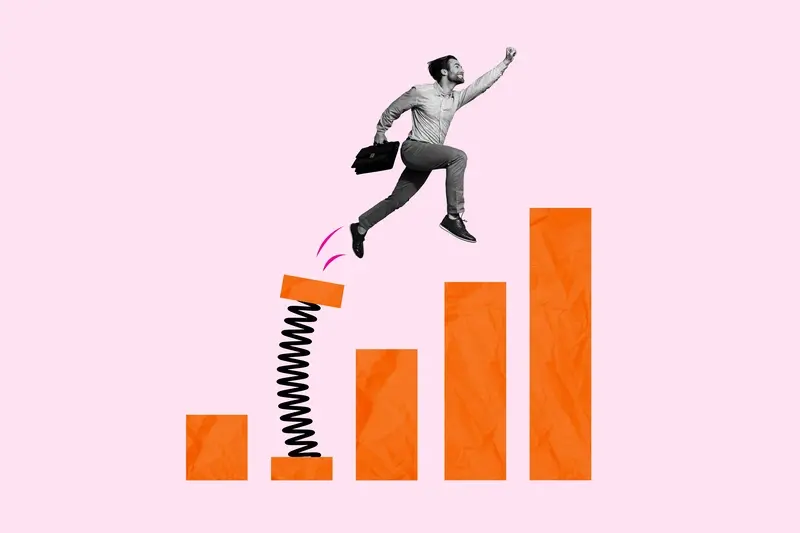How Do I Make Money From A Dating App Without Ruining The User Experience?
You've got a brilliant dating app idea, maybe you've even built it already, but now comes the really tricky part—making money from it without driving your users away. I've worked with countless app founders over the years who've struggled with this exact problem. They know they need revenue to keep the lights on and fund new features, but every monetisation strategy they try seems to make their users complain or worse, delete the app entirely.
The dating app market is particularly challenging because people are looking for genuine connections, not constant reminders that they need to pay for premium features. Get the balance wrong and you'll end up with an app that feels more like a cash grab than a place to find love. Users become frustrated when basic functionality is locked behind paywalls or when ads interrupt meaningful conversations.
The best monetisation strategies are the ones users don't even notice—they simply make the experience better
But here's the good news: it is absolutely possible to build a profitable dating app that users genuinely love. Throughout this guide, we'll explore proven monetisation strategies that work in harmony with user experience rather than against it. From subscription models that feel fair to premium features people actually want to pay for, you'll discover how to generate sustainable revenue while keeping your users happy and engaged.
The Psychology Behind Dating App Revenue Models
People's brains work in predictable ways when it comes to love and money—two things that dating apps combine perfectly. After working with dozens of dating platforms over the years, I've noticed that successful monetisation isn't about tricking users; it's about understanding what they genuinely want and when they want it most.
The psychology starts with scarcity. When someone sees a potential match, their brain releases dopamine—the same chemical that makes gambling addictive. Dating apps tap into this by limiting daily swipes or showing premium profiles just out of reach. Users don't feel manipulated because they're already invested in the outcome.
The Three Psychological Triggers That Drive Revenue
- Fear of missing out on "the one" who might be just one premium feature away
- Social validation through boosts, super likes, and priority messaging
- Instant gratification when removing artificial barriers like limited matches
The smartest apps time their monetisation prompts for moments of peak emotional investment. Someone who's been chatting with a match for days will happily pay to see if that person read their message. It's not manipulative—it's meeting genuine demand when it's strongest.
Understanding these psychological patterns helps you build revenue models that feel natural rather than pushy. Users appreciate having options to enhance their experience, especially when those options solve real frustrations they're already experiencing.
Subscription-Based Monetisation Strategies
Subscriptions work brilliantly for dating apps because they create predictable revenue whilst giving users genuine value. I've seen apps struggle when they try to squeeze money out of every single interaction—but subscriptions? They just make sense for this type of product.
The key is offering something users actually need on a regular basis. Think unlimited swipes, the ability to see who liked your profile, or advanced matching filters. These aren't one-off purchases; they're features that improve the whole dating experience over time.
Pricing That Makes Sense
Most successful dating apps offer multiple subscription tiers—usually monthly, quarterly, and yearly options. The monthly price might seem steep, but the annual option offers better value and keeps users committed longer. This isn't about tricking people; it's about giving choice whilst encouraging long-term engagement.
What's clever is how the best apps position their free version. It gives you enough to understand the value but leaves you wanting more meaningful connections. That's where the subscription comes in naturally.
Start with a single subscription tier and add complexity later. Too many options confuse users and hurt conversion rates—keep it simple until you understand what your audience values most.
The beauty of subscription monetisation is that it aligns your success with user satisfaction. Happy subscribers stick around; unhappy ones cancel quickly.
Freemium Features That Users Actually Want
Getting freemium right in dating apps is tricky business—you want to give users enough value to keep them engaged whilst still making premium features attractive enough to pay for. I've worked on dozens of dating apps over the years and the successful ones all share something in common: they understand what their users genuinely need versus what they simply want.
The best freemium dating apps let users create complete profiles, browse potential matches, and send a limited number of messages or likes per day. This gives people a proper taste of what the app can do without completely removing the incentive to upgrade. Understanding the difference between freemium and premium models is crucial for getting this balance right.
Free Features That Keep Users Coming Back
Based on user research and app analytics, these free features consistently perform well:
- Basic profile creation with multiple photos
- Limited daily swipes or likes (usually 10-50)
- Viewing profiles of people who liked you
- Basic matching functionality
- One free "super like" or equivalent per day
- Access to core safety features
The Sweet Spot
The magic happens when your free tier provides enough value that users become invested in the app and their potential connections. Once they're emotionally engaged, premium features like unlimited swipes, seeing who liked them first, or boosting their profile visibility become much more appealing purchases rather than forced upgrades.
In-App Purchases That Feel Natural
The secret to successful in-app purchases in dating apps isn't about tricking people into spending money—it's about timing and context. I've watched countless apps fail because they shoved purchase prompts in users' faces at completely wrong moments. The best dating apps wait until someone is genuinely engaged and needs that extra boost to achieve what they want.
Think about when people are most willing to spend: they've just matched with someone amazing, they want to send a super-like to catch someone's attention, or they need more visibility during peak hours. These moments create natural purchase opportunities where the value is crystal clear.
Making Purchases Feel Worthwhile
Virtual gifts, boosts during busy periods, and the ability to see who's viewed your profile work brilliantly because they solve immediate problems. People don't mind spending when they understand exactly what they're getting and why it helps them right now.
The most successful dating apps make purchases feel like tools rather than barriers
Price points matter too—small, impulse-friendly amounts work better than expensive packages for in-app purchases. Someone might hesitate over a £20 bundle but won't think twice about spending £2 for an immediate boost. The key is creating a smooth purchasing experience that doesn't interrupt the natural flow of using your app.
Advertising Without Annoying Your Users
Advertising in dating apps is a bit like walking a tightrope—lean too far one way and you'll have no revenue, lean too far the other and you'll have no users left to advertise to! The key is finding that sweet spot where ads feel natural rather than intrusive.
Native advertising works brilliantly in dating apps because it blends seamlessly with the user experience. Think sponsored profiles that appear naturally in the swipe deck, or local restaurant suggestions that pop up when two people match nearby. These don't scream "advertisement" at your users; they feel like helpful suggestions.
Smart Ad Placement Strategies
Timing is everything when it comes to ad placement. Show ads during natural breaks in the user journey—between swipe sessions, after sending messages, or when users are browsing profiles. Never interrupt the actual matching process; that's sacred territory that should remain ad-free.
- Place ads between swipe sessions rather than during them
- Use local business partnerships for relevant, location-based ads
- Offer ad-free experiences as a premium feature
- Keep video ads short and skippable
- Test different ad frequencies to find the optimal balance
The most successful dating apps limit ad frequency and give users control. Offering an "ad-free" premium option not only generates subscription revenue but also keeps your free users from feeling overwhelmed. Understanding the pros and cons of ad-supported apps can help you make the right decisions for your platform.
Premium Memberships and VIP Services
Premium memberships are the backbone of most successful dating app monetisation strategies—and for good reason. They work because they tap into something quite basic about human psychology: we all want to feel special and get better results. When someone's looking for love, they're often willing to pay for features that give them an edge.
The key is making your premium tier feel genuinely valuable, not like you're holding basic functionality hostage. I've seen apps get this wrong so many times; they lock away essential features like messaging behind a paywall, which just frustrates users. Instead, your free version should work well on its own, whilst premium adds genuine enhancements.
What Makes Premium Worth Paying For
Think about features that save time or increase success rates. Advanced search filters let users find exactly who they're looking for. Seeing who's liked them removes the guesswork. Unlimited likes mean they don't have to wait around. These features don't break the basic experience—they make it better.
Price your premium membership at the cost of one decent date night. Users already expect to spend money on dating, so this feels reasonable and puts the value in perspective.
VIP Tiers That Actually Work
Multi-tier pricing works brilliantly for dating apps because different users have different priorities. Some want basic premium features; others want the full VIP treatment with priority support, exclusive events, or profile verification badges. The trick is making each tier feel worthwhile without making lower tiers feel inadequate.
Alternative Revenue Streams for Dating Apps
Sometimes the best money isn't made from the obvious places. I've worked with dating app founders who've discovered some brilliant ways to generate revenue that their users actually love—and that's the sweet spot we're all looking for.
Events and Meetups
One of my favourite approaches is hosting real-world events. Speed dating nights, singles mixers, or themed parties can be goldmines. You charge for tickets, partner with venues for commission splits, and create genuine value for your users. People want to meet face-to-face anyway; you're just making it happen.
Dating coaching services work brilliantly too. Partner with relationship experts to offer profile reviews, conversation tips, or one-on-one coaching sessions. Users pay for the expertise, you take a cut, and everyone wins.
Data and Partnerships
Here's where it gets interesting—anonymised trend data is valuable to market researchers, fashion brands, and lifestyle companies. You can sell insights about dating preferences, popular conversation topics, or demographic trends without compromising user privacy.
Gift partnerships are another winner. Team up with restaurants, experience providers, or retailers to offer date packages. Your users get convenient date ideas, partners get customers, and you earn commission on every booking. It's natural, helpful, and profitable—exactly what we want.
Conclusion
After working with dating app founders for years, I've learned that successful monetisation isn't about choosing one perfect strategy—it's about finding the right mix for your users. The apps that make real money are the ones that understand their audience and build revenue streams around what people actually want, not what sounds good on paper.
Your users will pay for features that genuinely improve their dating experience. They'll tolerate adverts if they're relevant and well-placed. They'll upgrade to premium if it solves a real problem. But they'll delete your app faster than you can say "swipe right" if you put money before their needs.
The dating app market is crowded and competitive. Users have options, and they're not afraid to use them. The apps that survive are the ones that respect their users' time, money, and intentions. Start with one or two monetisation methods that align with your core features, test them properly, and expand gradually based on what your data tells you.
Building a profitable dating app without ruining user experience takes patience, testing, and a genuine understanding of what your users value. Get that balance right, and you'll have both happy users and healthy revenue streams.
Share this
Subscribe To Our Learning Centre
You May Also Like
These Related Guides

What Features Do Social Media Apps Need to Compete?

How Do You Build A Social Media App That People Will Use?



